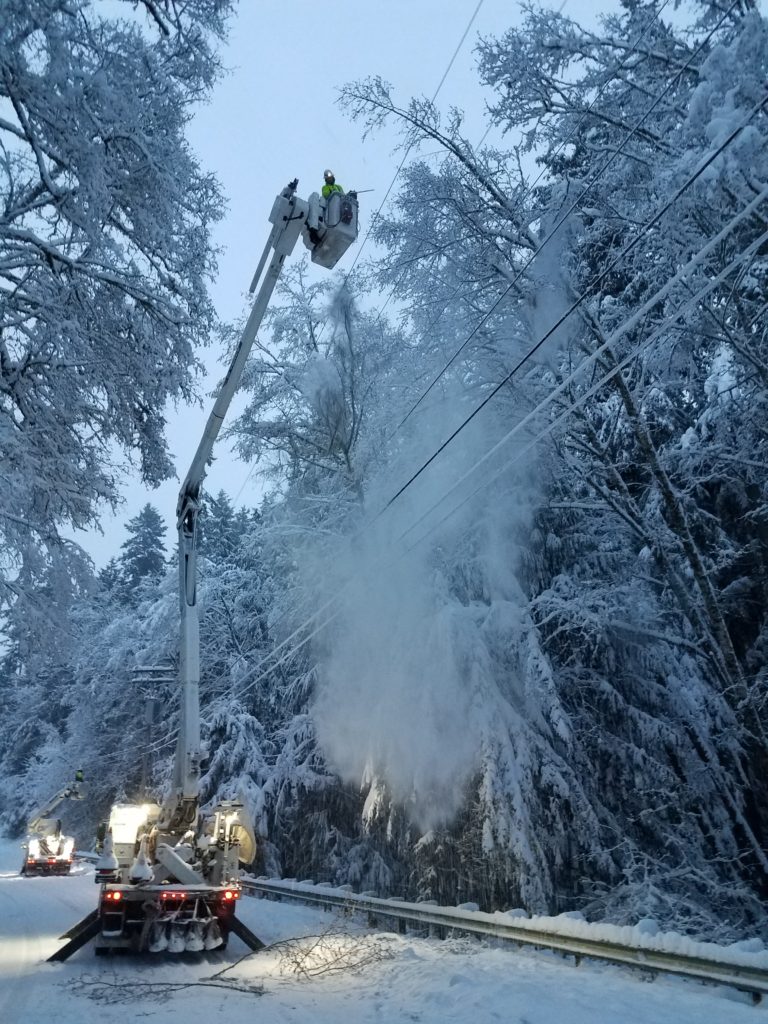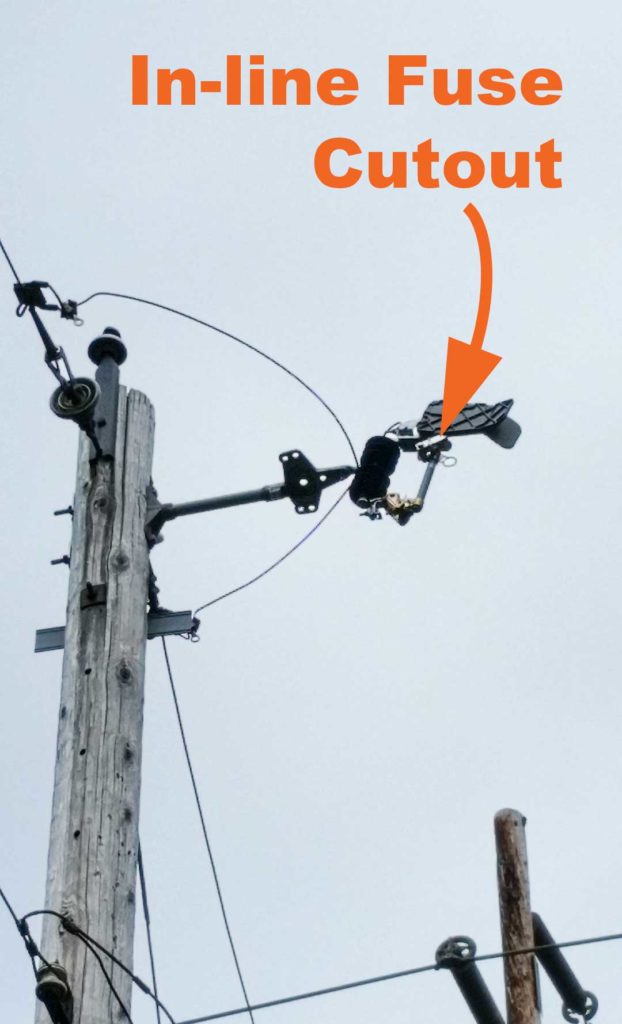The Cold Truth About Cold-Loading

Cold-loading is a spike or overcurrent condition that happens when power demand from large numbers of homes occurs all at once after a longer duration outage. Cold-loading presents a challenge for local grids, especially during fall and winter storm season.
Cold load failure often occurs within minutes of power being restored. Hot water heaters, heat pumps, furnances and other home appliances all struggle to get back to normal operation at the same time. If demand is too high in an area, something must give, often in the form of a localized line fuse opening or, in larger instances, a recloser at the substation level disconnecting power. Crews then must troubleshoot to find and repair the new fault.
Re-energizing homes is a delicate balance managed closely by PUD substation staff and line crews in the field. Switching, a process line crews use to safely isolate sections of utility line for repairs, allows crews to slowly bring homes back online section by section.
Luckily, we can we all help minimize cold-loading issues. When the power goes out, unplug all sensitive electronics in the home, space heaters, and appliances like the home furance or water heater. Waiting several hours to reconnect these after power is restored can help immensly.
During a longer duration outage you can follow along with updates from the PUD on your mobile device via Facebook, Twitter, or our website. Updates provide insight into the repairs underway, potential timelines, and information on topics such as cold-loading.
